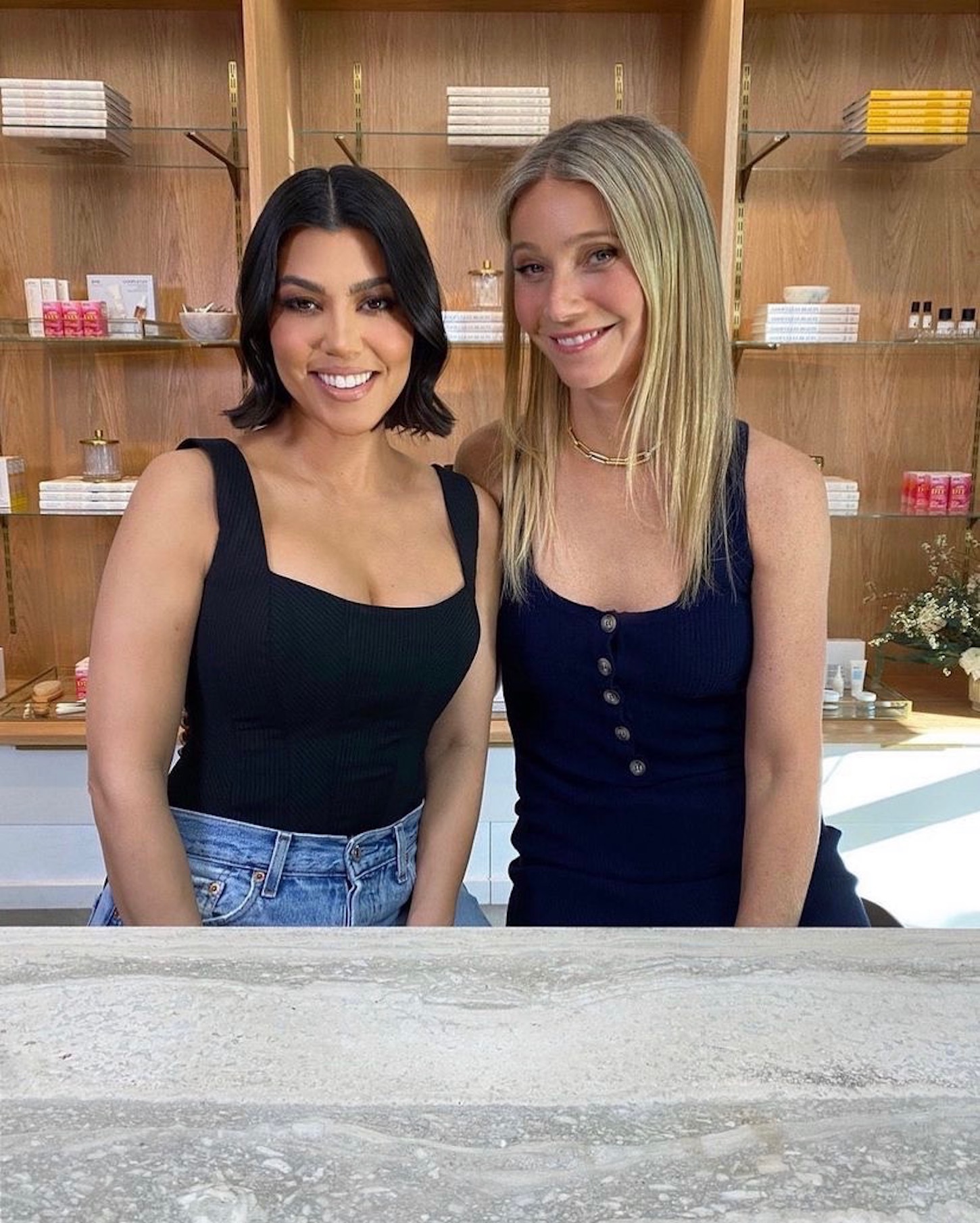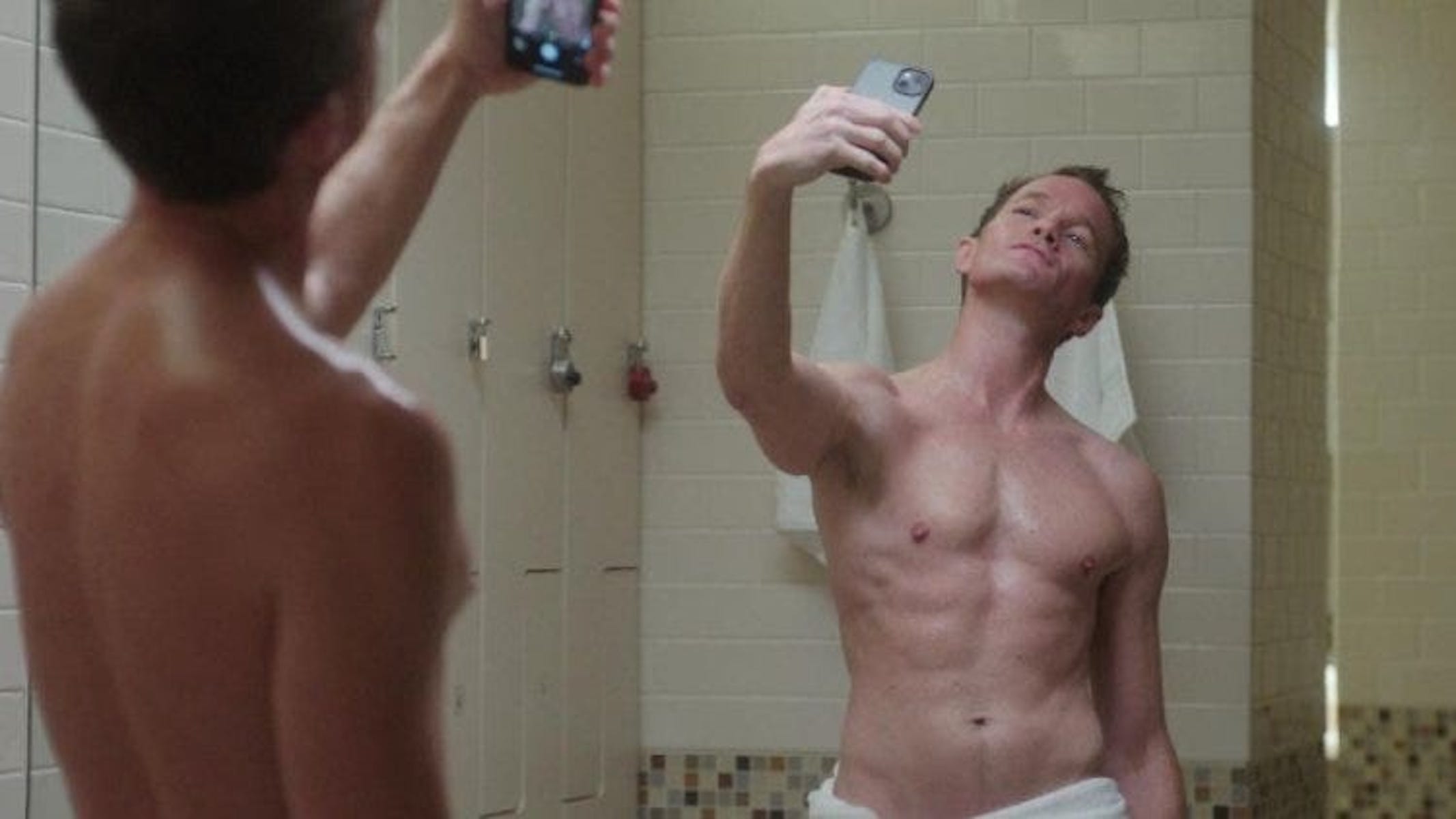
Illustration by Kyle Knapp
Industrialized mass production promised to satisfy all of our needs at low, low prices, but all we got in real life was heartburn about “authenticity.” When everything suddenly became available to us, we began distinguishing what we bought by price, by seller, by brand. Provenance became of import: Some products are “real,” while others are ghastly “copies”—even when these cheaper options are just as functional and durable as the original.
Now in the 21st century, globalized supply chains and frictionless e-commerce have both expanded our shopping options and exacerbated our authenticity anxiety. We must not only consider copies but also copies of copies and copies of copies of copies. Drowning in a sea of imitations, some have found a life raft in embracing inauthenticity as a virtue.
On TikTok, consumers frequently obsess over viral “dupes”—a catch-all term, although not always accurate in its casual deployment, to describe an item that closely resembles an expensive original, but is a fraction of its cost. For every fancy brand and high-end product, there are affordable dupes made by both big-box retailers and anonymous fly-by-night forgers, all equally discoverable with a few clicks. A savvy shopper can find dupes of the SKIMS dress, for instance, on Amazon, Walmart, AliExpress, or the manufacturer-to-consumer site Quince. Online dupe-hunters take pride in their labor, spreading the latest deals as “earnest, money-saving product recommendations.”
Dupes of commodities like office chairs or even fancy hand soap are fairly straightforward; they fulfill a similar function at an affordable price. Our authenticity anxiety, however, flares up with dupes that are more dubious, goods that masquerade as the real thing by virtue of their branding. These high-quality copies of luxury goods are nearly undetectable as frauds. In The New York Times, Amy X. Wang calls them “superfakes,” but the term most commonly used by buyers and manufacturers of such luxury knockoffs is “replica,” or reps. The difference is mostly a matter of semantics and, to a certain extent, specificity. For the purposes of this piece, I’ll refer to them as “super-dupes.”
As long as there has been fashion, there have been counterfeit goods. Elizabeth Hawes’s wonderful memoir Fashion is Spinach recounts her adventures working in the 1920s at clandestine Parisian copy houses. Twenty-first century technology has enabled the mass production of such excellent fakes that detection requires expert forensic inspection of micro-details. Superfakes achieve this level of near-perfection, many speculate, because they’re made by the same Chinese manufacturers assembling bags for luxury houses. Or, at the very least, this micro-economy is powered by the same line managers who are taking their skills across town.
With the appearance of these perfect fakes, the term “dupe” takes on a fascinating polysemy: “Dupe” is no longer simply an abbreviation of “duplicate.” It also denotes goods that “dupe” others into believing they are something they aren’t. And as their quality increases and distribution networks widen, these super-dupes are primed to become a major part of the consumer economy.
MORE FROM W. DAVID MARX
 | Sep 8, 2021 Exclusivity in the digital world. |
 | Jul 19, 2022 The Futurist cookbook meets AI. |
|
YUPPIE SCUM
|  | Dec 22, 2022 |
|
|  | Nov 24, 2022 |
|
|  | Nov 11, 2022 |
|
|  | Nov 2, 2022 |
|
|  | Sep 12, 2022 |
|
|  | Mar 21, 2023 |
|










